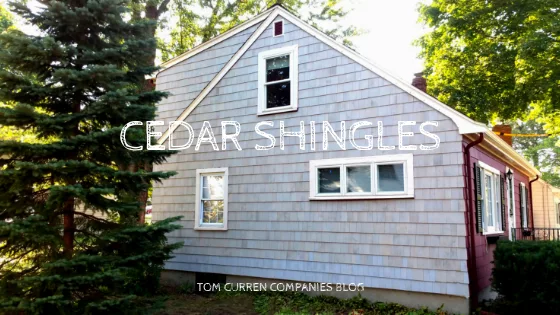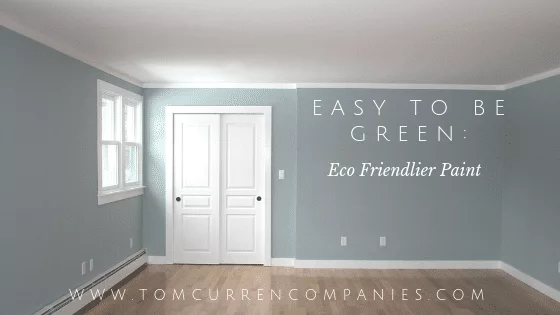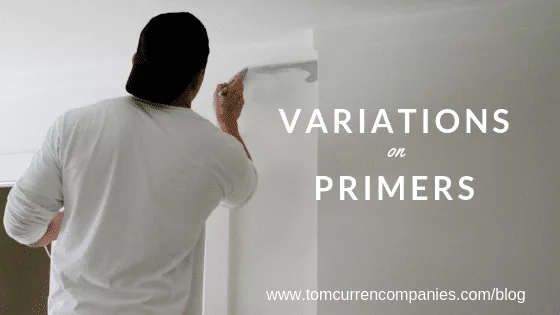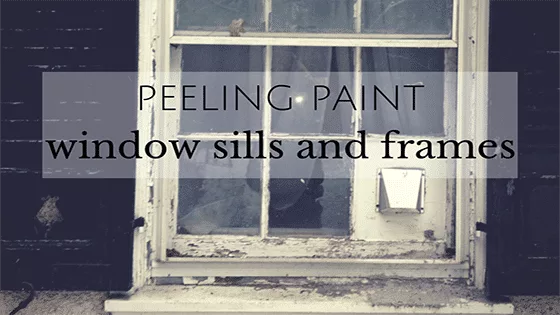Q: How do I make my natural stained home look brand new?
Many homes built before the 20th century were stained rather than painted—the idea being that staining brings out the best in fine wood, allowing you to see the quality and uniqueness of the grain. And though you can’t entirely reverse or cease the weathering of exterior wood (which can, when exposed to the elements for too long, become a grey surface that holds finish poorly, giving moisture the opportunity to rush in, rotting boards, shingles, and eventually the underlying wood), a new finish can work wonders on the façade of your home. While film-forming finishes like paint may provide more protection from the elements, penetrating finishes like stains work well on weathered and coarse-textured woods, not to mention how attractively appropriate they fit the old New England style.
So where to start with stains? Perhaps here:
Stains are made of the following ingredients: resins and oils (which help shield the wood from moisture), pigments (which add color while protecting the wood from ultraviolet sun damage), and various additives (which generally help improve the performance of your finish). The type of wood your exterior is made from will determine the type of stain you can use. Softwoods like, say, pine or cedar can receive just about any stain. But if, on the other hand, you’re dealing with hardwoods like mahogany, then you’ll need specific stains that contain seed oils like linseed. Otherwise the stain just won’t penetrate the wood as it ought to. And please remember to always test your stain on a discreet spot; otherwise, you may regret the way your finish sets.
Now—if we can plug a series of brand-specific tools—keep this in mind: to remove an old stain, you can use the Benjamin Moore stripping and remover product; to clean and renew the surface, you can use the Benjamin Moore Restorer, which removes dirt and dead fiber; and to revive the original color of your wood, try the Benjamin Moore Brightener.
And finally: if you’re going with a stain rather than paint, you’ll likely need more frequent touch-ups. These are best done during the spring and summer, during temperate, dry weather.
The more you know.









